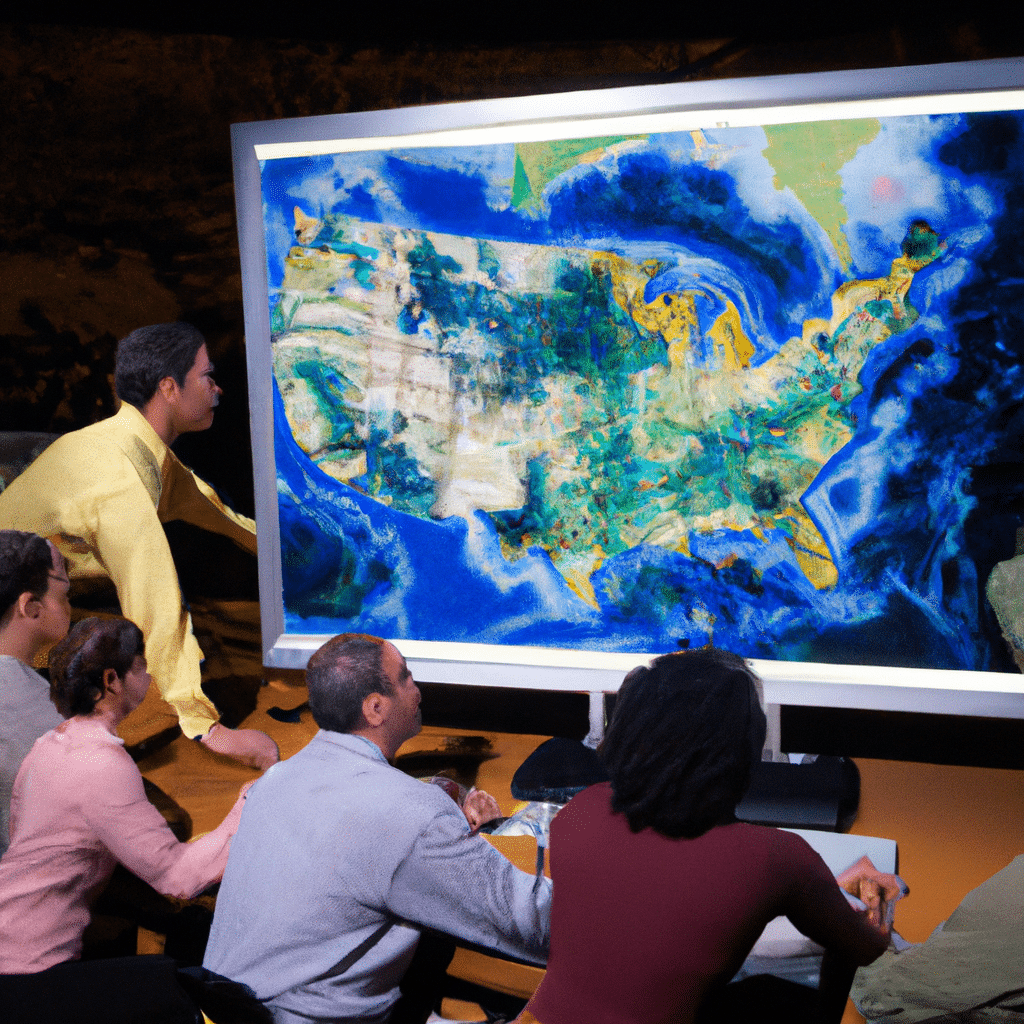Can AI Help Us Predict and Prevent Natural Disasters?
Natural disasters such as earthquakes, hurricanes, and floods can have devastating effects on human life and property. They can cause widespread destruction, displacement, and loss of life. Governments and organizations around the world have been working to mitigate the impact of natural disasters by developing early warning systems, evacuation plans, and emergency response strategies. However, despite these efforts, natural disasters continue to occur with alarming frequency, and their impact is often unpredictable. This is where AI comes in.

The Role of AI in Natural Disaster Prediction
Artificial intelligence (AI) has the potential to revolutionize the way we predict and prepare for natural disasters. AI algorithms can analyze large amounts of data from various sources, such as weather patterns, seismic activity, and satellite images, to identify patterns and predict the likelihood of a natural disaster occurring. This can enable governments and organizations to take proactive measures to prepare for and mitigate the impact of natural disasters.
One example of AI being used for natural disaster prediction is the Global Flood Awareness System (GloFAS), developed by the European Centre for Medium-Range Weather Forecasts (ECMWF). GloFAS uses AI algorithms to analyze weather data and predict the likelihood and severity of floods in various regions around the world. This information can be used by governments and organizations to prepare for potential floods and evacuate people from high-risk areas.
AI in Natural Disaster Response
AI can also play a crucial role in natural disaster response. In the aftermath of a natural disaster, AI can be used to analyze satellite images and identify areas that have been affected the most. This can enable emergency responders to prioritize their efforts and allocate resources more efficiently. AI can also be used to identify people who may be trapped or injured, and to guide rescue teams to their location.
Another example of AI being used in natural disaster response is the use of drones. Drones equipped with AI algorithms can be used to survey disaster-stricken areas and identify areas that are inaccessible or too dangerous for humans to enter. This can enable emergency responders to assess the damage and plan their response more effectively.
The Potential of AI in Natural Disaster Prevention
AI can also play a role in preventing natural disasters from occurring in the first place. For example, AI algorithms can be used to monitor seismic activity and identify potential earthquakes before they occur. This information can be used to evacuate people from high-risk areas and take other measures to prevent damage and loss of life.
Another example is the use of AI to monitor deforestation and other human activities that can contribute to natural disasters such as landslides and floods. By identifying and addressing these activities, AI can help prevent natural disasters from occurring.
Conclusion
In conclusion, AI has the potential to revolutionize the way we predict, prepare for, and respond to natural disasters. By analyzing large amounts of data and identifying patterns, AI can help us predict the likelihood of natural disasters and take proactive measures to prepare for them. In the aftermath of a natural disaster, AI can be used to assess the damage and guide emergency responders. And by monitoring human activities and identifying potential risks, AI can help prevent natural disasters from occurring in the first place. As AI technology continues to advance, we can expect to see even more innovative solutions for preventing and mitigating the impact of natural disasters.












